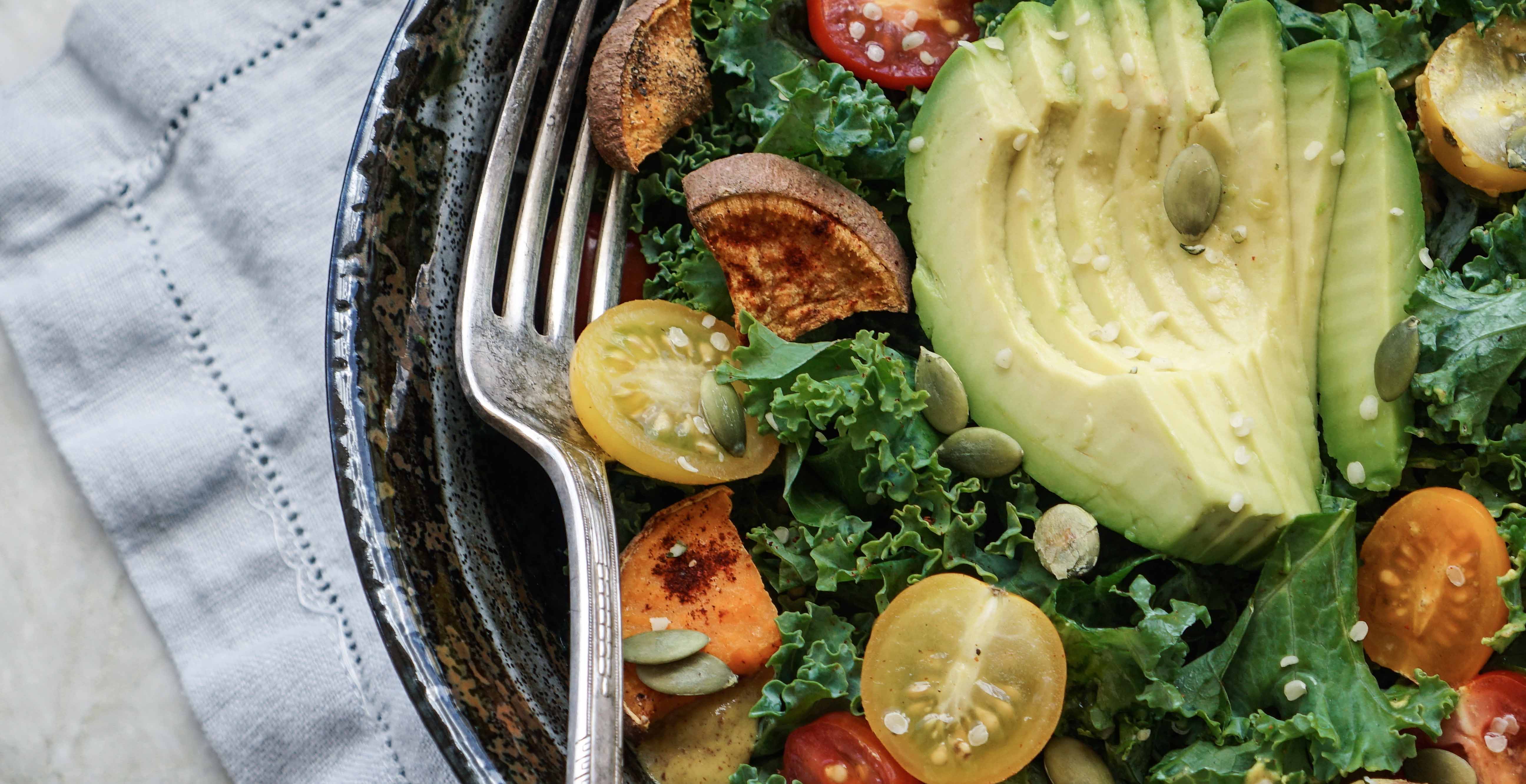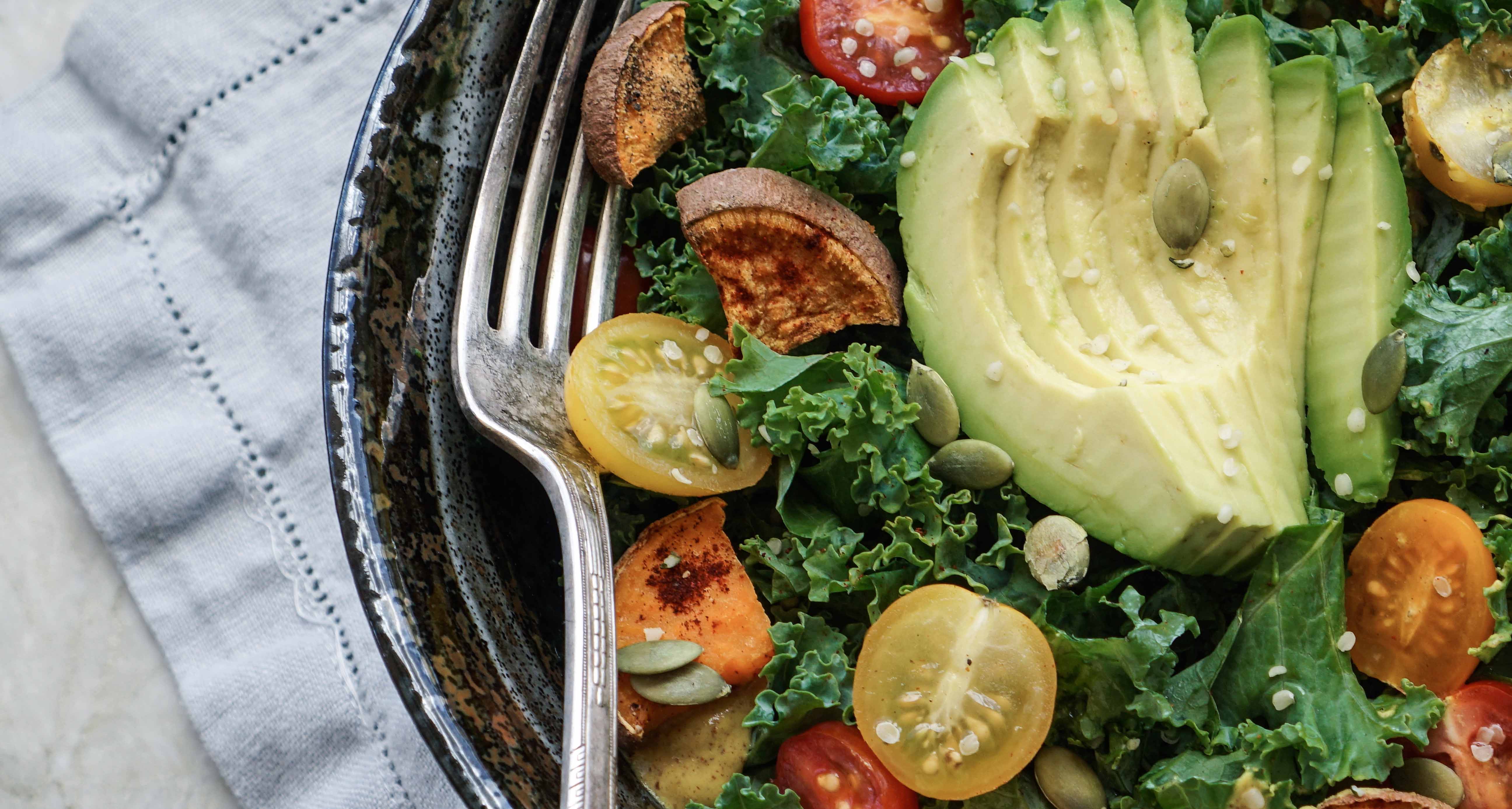Flexitarian explained


Do you belong to the 51 per cent of Canadians who are willing to lower the amount of meat they’re eating without cutting it out of their diets completely? Whether your reasons are health-based or you have concerns about animal welfare and the environment, there’s no denying that eating plenty of nutrient-rich plant-based foods is beneficial to ourselves and the planet. If you’re looking to reap the benefits of a vegetarian diet while still maintaining some flexibility about meat, poultry, fish, and shellfish then read on to discover the world of flexitarianism.
What is flexitarianism?
Flexitarianism is defined as a diet which consists mainly of plant-based ingredients with the caveat that meat, poultry, fish, and shellfish can be eaten in small amounts as desired. While there are many documented health benefits to following a vegetarian or vegan diet (such as a reduction in heart disease and Type 2 diabetes) many people are unable or unwilling to cut out animal protein completely. Following a flexitarian diet allows you to receive the nutritional benefits of both worlds; the abundance of nutrients found in plant-based foods as well as vitamins, minerals, and healthy fats which are inherently unique to meat, poultry, and seafood.
Tips for transitioning to a flexitarian diet
Get in the habit of celebrating Meatless Monday (several times a week!).
If meat plays a central part in your diet, then dedicating a certain day of the week (ie: Meatless Monday) to eating plant-based foods is a great start. Setting a single day aside once a week to eat vegetarian foods will challenge you to try new recipes and cuisines from around the world. As your knowledge of plant-based foods grows and you become more confident in your cooking skills you can extend Meatless Mondays to Meatless Tuesdays and so forth. Try to pick days where going meatless won’t be too challenging. For example, if you regularly look forward to having a slice of pepperoni pizza or a hamburger on Friday nights then, by all means, continue to enjoy them; that’s the beauty of flexitarianism!
Alter existing favourites with vegetarian ingredients
One of the easiest ways to eat more vegetarian meals is to swap out meat, poultry, and seafood with plant-based ingredients.
- Try making your own veggies burgers using beans, lentils, tofu, and finely chopped or ground vegetables (or find a minimally processed store brand for last-minute dinners.). Try our recipe here!
- Add textured vegetable protein (TVP) or lentils to recipes calling for ground meat or poultry such as meat sauces, shepherd’s pie, stuffing for pasta shells, or homemade Sloppy Joe’s. If this feels like too much of a switch feel free to begin substituting only half the meat or poultry for the TVP or lentils and gradually work towards making the recipe meat-free.
- Use mashed chickpeas in place of canned tuna fish when making tuna salad sandwiches. Add a dash of powdered sea kelp to give it an authentic flavour and load up on your favourite crunchy vegetables.
Throw a vegetarian potluck party
Potlucks are a fantastic way to acquaint yourself (and your family) with new vegetarian recipes and cooking methods. You can centre the potluck around a type of cuisine (such as Indian, Scandinavian, Japanese, or Mexican), a particular cookbook or a holiday. Not only will you have the opportunity to try new foods, you’ll be supporting friends and family might also be interested in eating a flexitarian diet.
